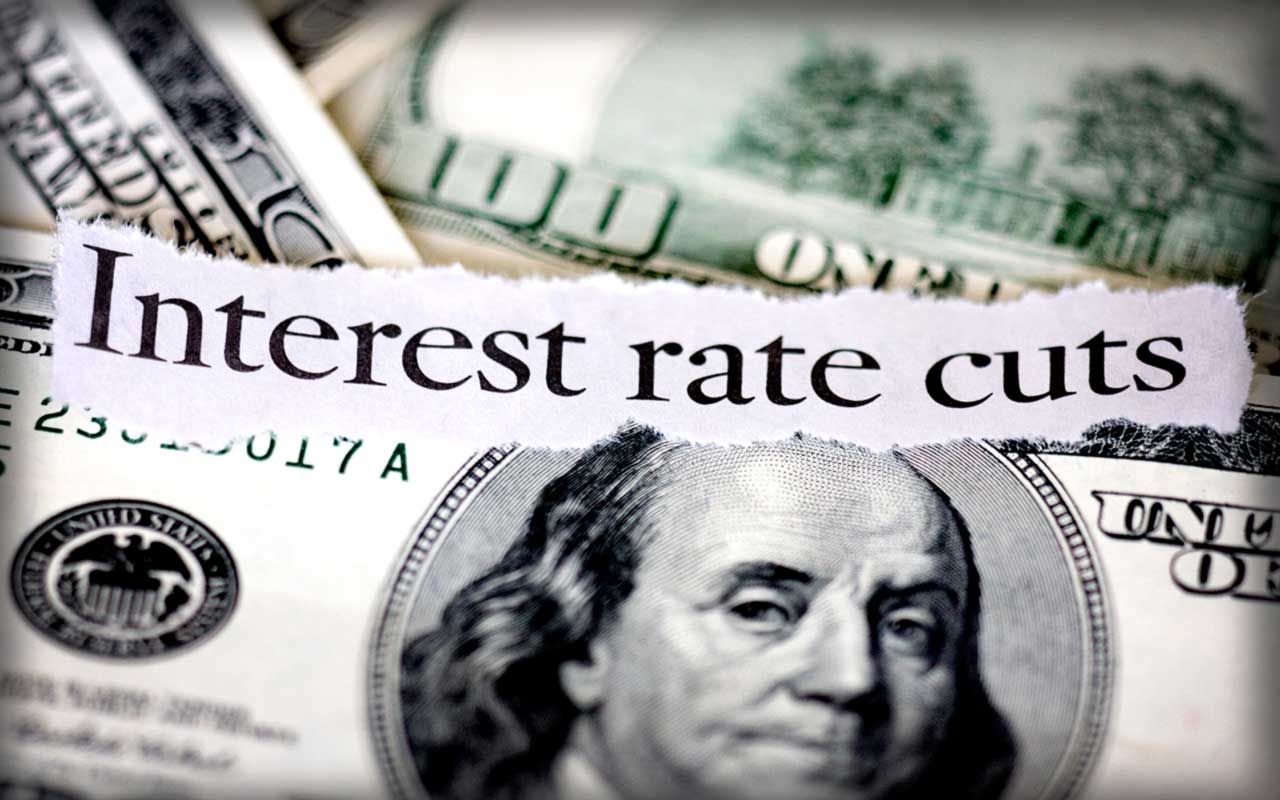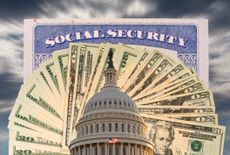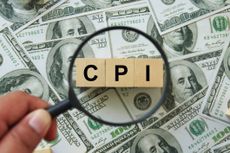Low Interest Rates Reduce the Cost of Mortgages
Interest rate reductions triggered by the coronavirus crisis can create money-saving opportunities for mortgage shoppers.


As the coronavirus scare pushed the ten-year Treasury note to an all-time low and the Fed slashed the federal funds rate, interest rates for mortgages also fell, creating money-saving opportunities for would-be homeowners and current homeowners looking to refinance.
In early March, the 30-year fixed rate mortgage stood at 3.36% and the 15-year fixed mortgage averaged 2.8%. Those are the lowest rates ever recorded in Freddie Mac's survey, which dates back to 1971. But rates ticked up as mortgage brokers struggled to keep up with demand for refinancing and many lenders chose to keep rates higher than they typically would be based on the level of the 10-year Treasury. The spread between the 10-year Treasury yield and the 30-year fixed mortgage rate is near its largest since 2009.
If your mortgage rate is more than one percentage point above current rates, it's usually a sign that it makes sense to refinance. But you may benefit from a refi even if your new rate would be less than a full point lower. It depends on how long you plan to stay in your home and how long it would take to recoup closing costs.

Sign up for Kiplinger’s Free E-Newsletters
Profit and prosper with the best of expert advice on investing, taxes, retirement, personal finance and more - straight to your e-mail.
Profit and prosper with the best of expert advice - straight to your e-mail.
Keep in mind that closing costs for refinancing will typically run between 3% and 6% of your new loan amount, so knowing when you plan to sell your home is essential. Say you have a $300,000, 30-year, fixed-rate loan at an interest rate of 4.4% that you took out in 2014, and you're making a monthly payment of $1,688 a month in principal and interest. If you refinance to a 30-year loan with an interest rate of 3.0% and closing costs of 3% and finance the closing costs, you would lower your mortgage payment to $1,303, saving you $385 per month. You could break even and begin saving after a bit more than three years. If you sold your home in 10 years, you would save a total of $17,457.
For help crunching the numbers, use The Mortgage Professor's refinance calculator (www.mtgprofessor.com) to enter the details of both your current mortgage and your new loan to see how long you'd have to stay in your home to start saving money on a refi.
If you are a candidate for a refi, consider waiting until the rush settles down. Would-be home buyers who have been kept out of the market by rising prices stand to benefit from lower rates and the lower monthly payments. But that could lead home prices to jump, because inventories remain tight, especially in the hot markets of the South and West.
Get Kiplinger Today newsletter — free
Profit and prosper with the best of Kiplinger's advice on investing, taxes, retirement, personal finance and much more. Delivered daily. Enter your email in the box and click Sign Me Up.

Mark was the editor of Kiplinger's Personal Finance magazine from July 2017 to June 2023. Prior to becoming editor, he was the Money and Living sections editor and, before that, the automotive writer. He has also been editor of Kiplinger.com as well as the magazine's managing editor, assistant managing editor and chief copy editor. Mark has also served as president of the Washington Automotive Press Association. In 1990 he was nominated for a National Magazine Award. Mark earned a B.A. from University of Virginia and an M.A. in Writing from Johns Hopkins University. Mark lives in Washington, D.C., with his wife, and they spend as much time as possible in their Glen Arbor, Mich., vacation home.
-
 Social Security Administration Warns of Massive Layoffs: What It Means to You
Social Security Administration Warns of Massive Layoffs: What It Means to YouThe Social Security Administration is gearing up to layoff thousands of workers. Here’s how it can impact you.
By Donna Fuscaldo Published
-
 Stock Market Today: Stocks Recover From Trump-Zelensky Slide
Stock Market Today: Stocks Recover From Trump-Zelensky SlideReports of a combative meeting between the two leaders sent stocks temporarily lower Friday afternoon.
By Karee Venema Published
-
 CPI Report Puts the Kibosh on Rate Cuts: What the Experts Are Saying About Inflation
CPI Report Puts the Kibosh on Rate Cuts: What the Experts Are Saying About InflationCPI Consumer price inflation reared its ugly head to start the year, dashing hopes for the Fed to lower borrowing costs anytime soon.
By Dan Burrows Published
-
 Fed Leaves Rates Unchanged: What the Experts Are Saying
Fed Leaves Rates Unchanged: What the Experts Are SayingFederal Reserve As widely expected, the Federal Open Market Committee took a 'wait-and-see' approach toward borrowing costs.
By Dan Burrows Published
-
 10 Cheapest Small Towns to Live In
10 Cheapest Small Towns to Live InThe cheapest small towns might not be for everyone, but their charms can make them the best places to live for plenty of folks.
By Dan Burrows Published
-
 CPI Report Keeps the Fed on Track: What the Experts Are Saying About Inflation
CPI Report Keeps the Fed on Track: What the Experts Are Saying About InflationCPI Disinflation in key areas of consumer prices should help the Federal Reserve stick to its policy path of gradual cuts to interest rates.
By Dan Burrows Published
-
 Blowout December Jobs Report Puts Rate Cuts on Ice: What the Experts Are Saying
Blowout December Jobs Report Puts Rate Cuts on Ice: What the Experts Are SayingJobs Report The strongest surge in hiring since March keeps the Fed on hold for now.
By Dan Burrows Published
-
 Fed Sees Fewer Rate Cuts in 2025: What the Experts Are Saying
Fed Sees Fewer Rate Cuts in 2025: What the Experts Are SayingFederal Reserve The Federal Reserve cut interest rates as expected, but the future path of borrowing costs became more opaque.
By Dan Burrows Published
-
 CPI Report Casts Doubt on Rate Cuts in 2025: What the Experts Are Saying About Inflation
CPI Report Casts Doubt on Rate Cuts in 2025: What the Experts Are Saying About InflationCPI November Consumer Price Index data sealed the deal for a December rate cut, but the outlook for next year is less certain.
By Dan Burrows Published
-
 Rebound in Jobs Growth Keeps Fed on Track: What the Experts Are Saying
Rebound in Jobs Growth Keeps Fed on Track: What the Experts Are SayingJobs Report No nasty surprises in the November payrolls data leaves a quarter-point cut in play.
By Dan Burrows Published